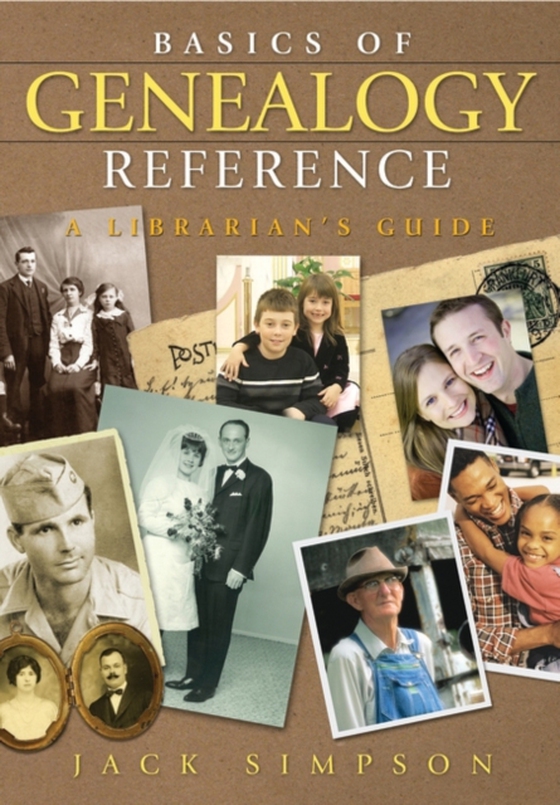
Basics of Genealogy Reference e-bog
369,41 DKK
(ekskl. moms 295,53 DKK)
This book offers novice and experienced reference librarians an introduction to tried-and-true genealogy techniques and resources. With the help of four case studies, Simpson outlines a basic starting strategy for conducting genealogy research. Later chapters deal specifically with genealogical librarianship: how to conduct a reference interview, continuing and professional development, and bas...
E-bog
369,41 DKK
Forlag
Libraries Unlimited
Udgivet
30 september 2008
Længde
192 sider
Genrer
Library and information services
Sprog
English
Format
pdf
Beskyttelse
LCP
ISBN
9780313363634
This book offers novice and experienced reference librarians an introduction to tried-and-true genealogy techniques and resources. With the help of four case studies, Simpson outlines a basic starting strategy for conducting genealogy research. Later chapters deal specifically with genealogical librarianship: how to conduct a reference interview, continuing and professional development, and basic resources every collection should have. Charts, screen shots, and examples of public documents are also included; while a series of appendices present the case studies in their entirety.Genealogy is one of the most popular hobbies in the United States, and is heavily researched in public libraries and historical repositories. Increasingly, major genealogy resources are available online at libraries through subscription databases or free on the internet. As a result, librarians face the overwhelming task of helping a large audience of genealogists cope with an ever growing flood of new resources.This book offers novice and experienced reference librarians an introduction to tried-and-true genealogy techniques and resources. With the help of four case studies, Simpson outlines a basic starting strategy for conducting genealogy research. Later chapters deal specifically with genealogical librarianship: how to conduct a reference interview, continuing and professional development, and basic resources every collection should have. Charts, screen shots, and examples of public documents are also included; while a series of appendices present the case studies in their entirety.
 Dansk
Dansk

